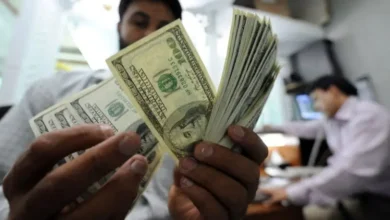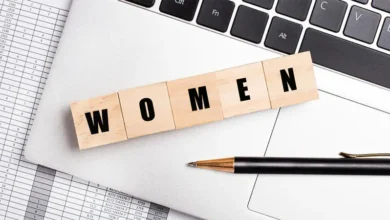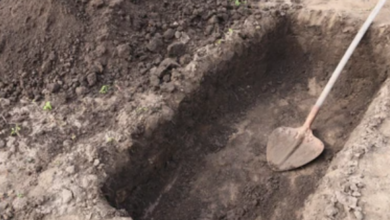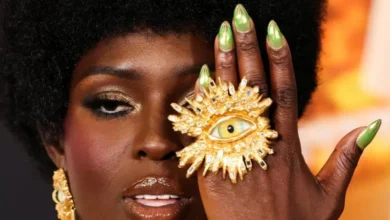‘Solid Void’ by Asma Belhamar: Reflections on culture and national identity in flux
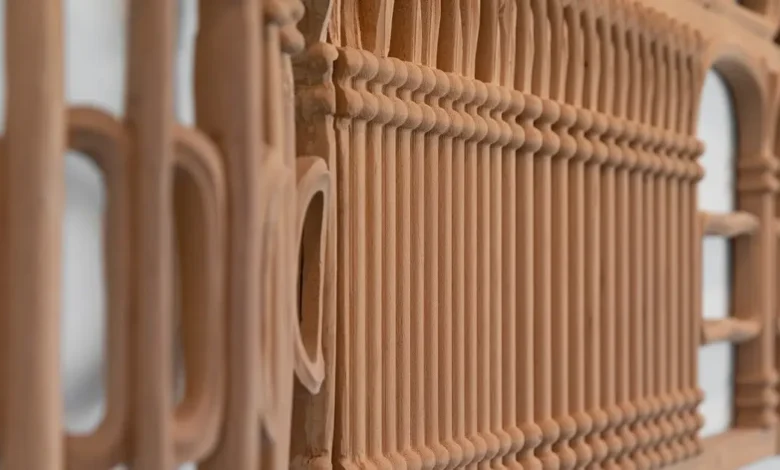
In this new solo exhibition titled ‘Solid Void’ at Gallery 1 of Abu Dhabi’s 421, Emirati artist Asma Belhamar presents a major body of work inspired by the UAE’s architectural history. The exhibition bears a footnote from the artist’s reflections on culture and national identity in flux.
Belhamar said two years of research contemplating the UAE’s architectural evolution, in relation to its national identity and culture, resulted in the current show.
Belhamar works as an art educator based in Dubai, and the solo exhibition is an outcome of research while being a participant in the 2023 cycle of 421’s Artistic Development Program, organized in partnership with The Institute for Emerging Art.
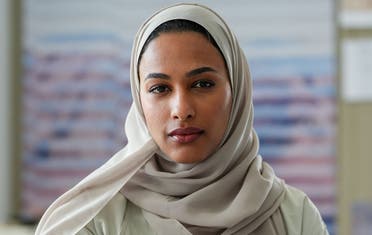
The title of the exhibition itself is an architectural term, Belhamar explained, referring to the mass and space of a building – the interplay of ‘solid’ and ‘void’, which gives any building its overall shape and form.
In ‘Solid Void,’ the artist uses wood relief, sound installation, experimental print, and 3D modeling to illustrate the effect that various architectural trends have had on the perception of the UAE, both locally and globally.
City facades from car windows
The main work is the elaborate wooden wall relief ‘Visions on the Periphery’ (Beechwood, 1,500x60x25 cm), a depiction of the deeply personal visual memory of local landscapes and city facades as experienced from the windows of a moving car.
Belhamar opines that this perspective of motion – which is how most of us experience UAE’s natural and urban environment – helped shape this work.
The sound installation ‘Sounds Through Windshield’ (3 minutes and 37 seconds) provides an underlying footnote to the other works in the show as the artist contemplates the country’s history through its manmade landscapes by referencing three scenes from a music video released in the early ’70s, titled ‘Esh Halkom Ya Arab,’ by prolific Emirati singer Abdullah Belkhair.
Each captured scene reflects a different cultural facet from that time when the nation embraced modernity. It also evokes a sense of warmth and nostalgia and, finally, offers a layer of Pan-Arabist sentiment through the title itself, which asks with gentle irreverence, ‘How are you, Arabs?’
‘Studies for Reassessing Motion (1-6),’ (mixed media on canvas, 90×80 cm) are observations on an extraordinary visualization of space through time.
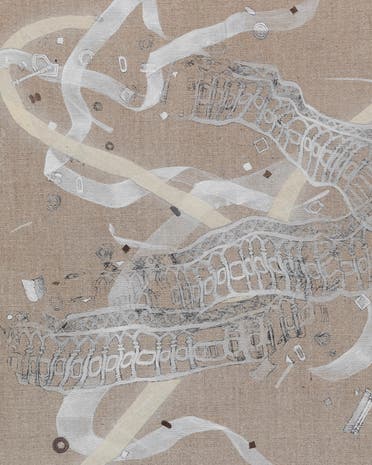
The different patterns and motifs of the ’60s and ’70s versus those of the ’80s and ’90s show a marked difference in approach and utility. Once serving as decoration, privacy, and ventilation, it gives way to more simple, straight lines that can be manufactured and mass-produced. The serendipitous nature of the topic is reflected in the painstaking process used in making these collages.
According to Belhamer, “passing by high skyscrapers on a hot sunny day makes me feel the density and complexity of the architecture. Solid facades, sharp-edged shadows, and reflective windows – all can create a live show of visual manipulation.”
Role of craftsmanship
‘Mother Mould’ (wood and plaster, 19x19x6 cm each) evokes the familiar memory of a construction site with a stack of bricks lying around. The work carries on the conversation around the process of making and the role of craftsmanship in the making of patterns and motifs that are commonplace and have an everyday meaning.
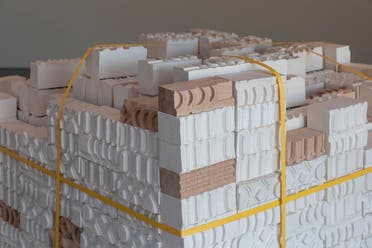
The process of making the molds shows the numerous stages of production – the motifs are shaped in wood, and a plaster cast is made from that. The plaster mold or mother mold acts as a negative space and “holds the potential for mass production and can be reproduced infinitely, as seen throughout the UAE’s environment.”
In his forword in the exhibition catalog, Director of 421 Faisal Al Hassan noted: “Belhamar’s solo exhibition decodes the matrices that shape our perception of place.” He further said: “The UAE has often been considered a citadel of modernity – gleaming towers and sprawling malls that speak a global language,” and according to him, “the artist interrogates this loaded staging of our built environments, destabilizing the façade of uncomplicated narratives.”
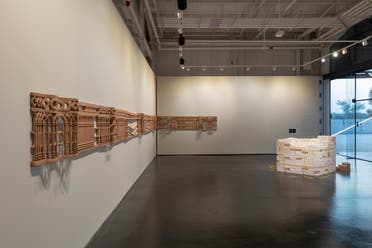
Belhamar has actively participated in innumerable exhibitions in the UAE as well as abroad and is among the five artists shortlisted for the first Dubai Public Art Commission (by Dubai Culture and Art Dubai). Her public commissioned works include ‘Distorted Familiarities,’ for Expo 2020, Dubai, in 2021, and ‘The Edifice of Sba’ for the March Project, Sharjah Art Foundation, Sharjah, UAE, in 2019.
With the current solo show ‘Solid Void,’ Belhamar has made her mark, joining the galaxy of talented Emirati artists.


